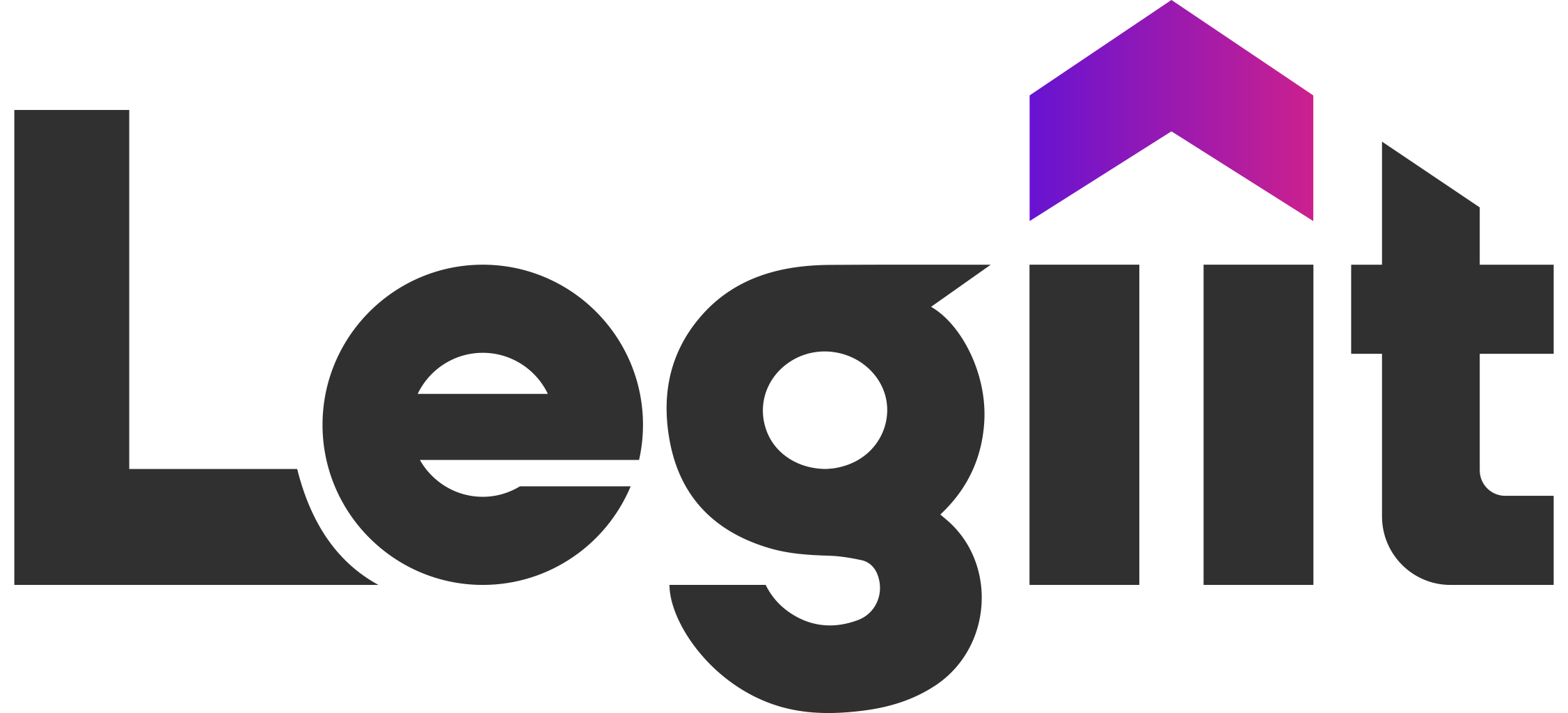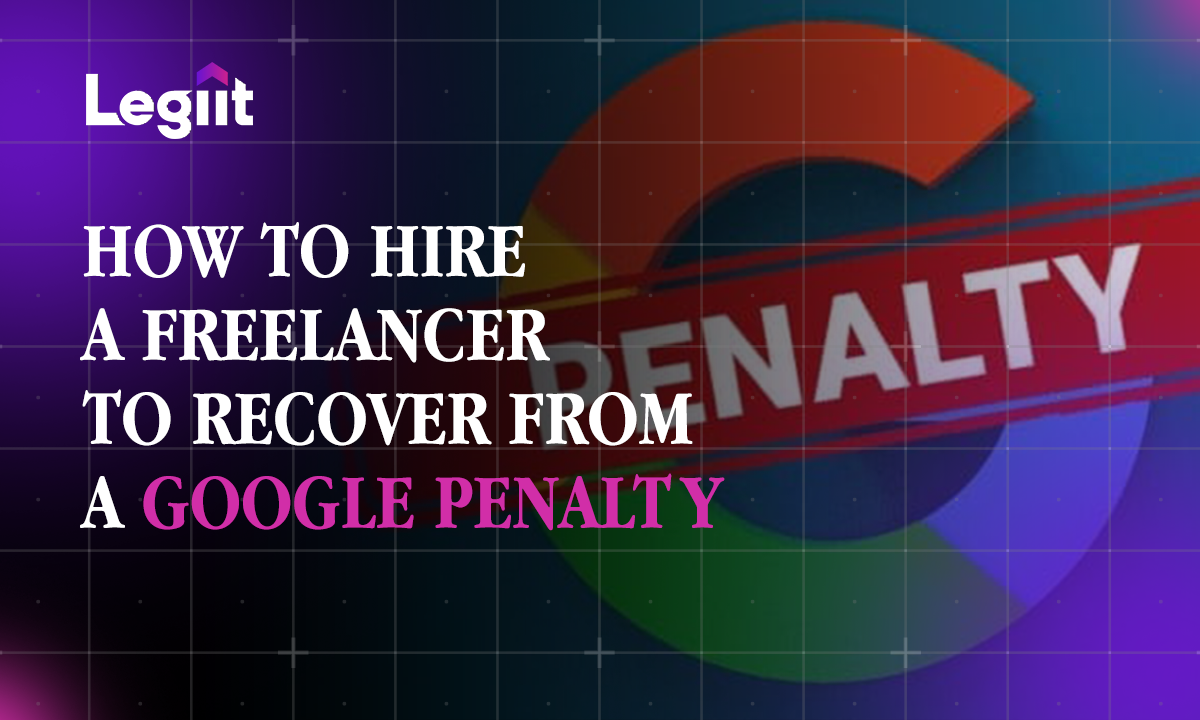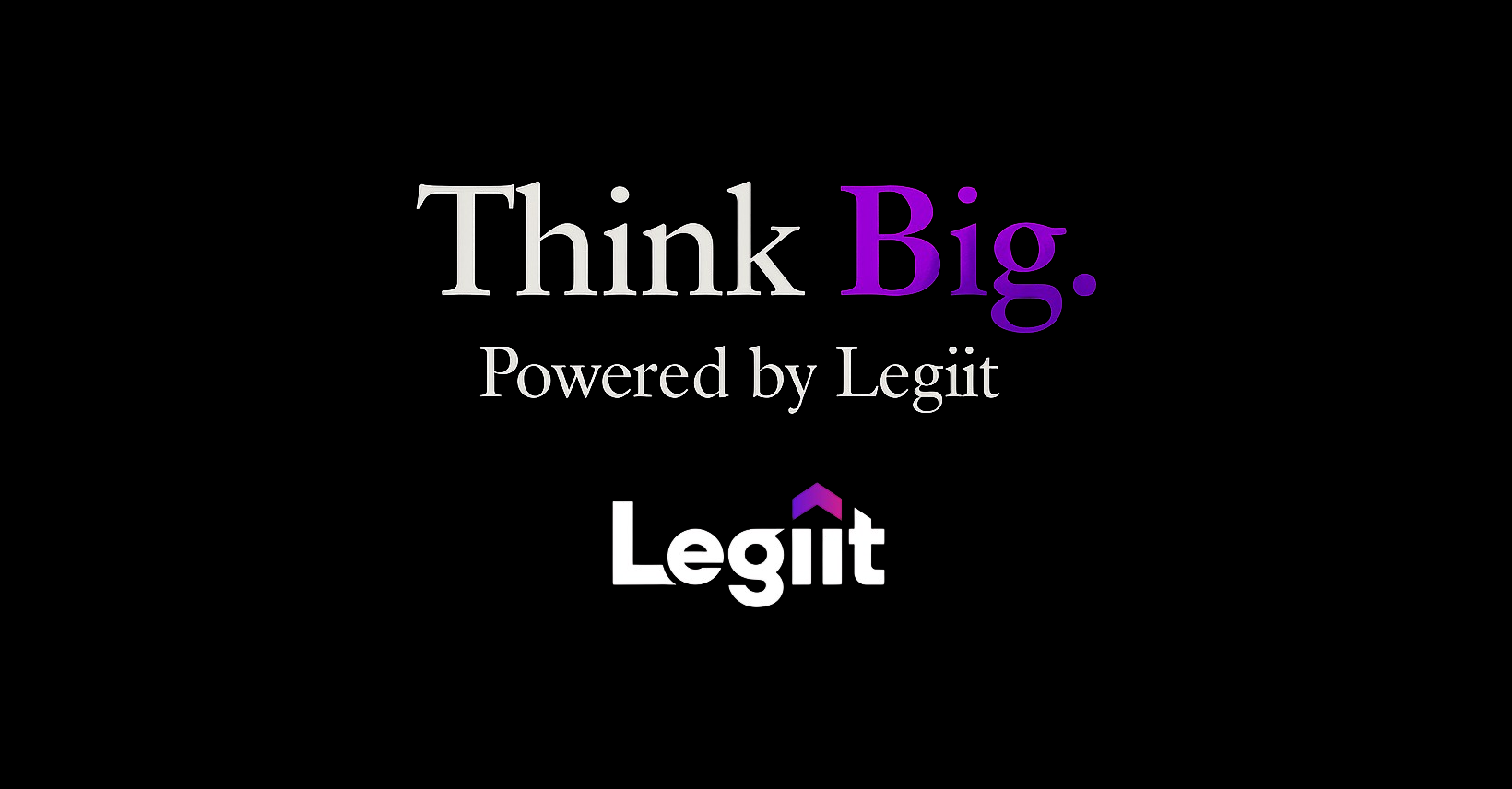If you’re running an e-commerce store, you already know how important product images are for attracting customers. But did you know that optimizing images for SEO can significantly improve your search engine rankings and website performance?
Poorly optimized images can hurt your site speed, while properly optimized images can enhance user engagement and boost search engine visibility.
Here’s how to optimize images for e-commerce SEO in a simple, step-by-step manner.
Start with High-Quality and Unique Images
Using high-quality images is non-negotiable for e-commerce success. Blurry or pixelated product images can instantly turn potential buyers away.
Always begin with original images that accurately showcase your products. Unique images, rather than stock photos, can give your brand an edge in search rankings.
Before uploading, you can use Google image search results to analyze the competition. Then ensure the image quality is excellent while keeping the file size manageable. High-quality doesn’t have to mean large image files as this is where image compression comes in handy.
Furthermore, tools for lossless compression can reduce file size without affecting image quality, making your web pages load faster and improving overall user engagement.
Resize Images for Better Website Performance
Large image files are one of the most common causes of slow page load times.
To fix this, resize images to the exact dimensions required by your e-commerce platform. Using oversized images can increase load times unnecessarily and frustrate users.
Responsive images are another crucial consideration. With more users shopping on mobile devices, ensuring your images adapt seamlessly to different screen sizes is essential.
Use image optimization techniques, like responsive design, to keep your images sharp and functional across all devices.
Use the Right Image Format
Choosing the right image format can make a significant difference in file size and quality.
JPEG is the go-to format for high-quality product images because it strikes a balance between clarity and smaller file sizes. For images with transparent backgrounds, like logos or icons, PNG files are ideal.
If you’re looking for even smaller file sizes without losing quality, WebP images are a great option. This modern format is supported by Google and offers better compression than JPEG or PNG.
Consider using format conversion tools to switch your images to WebP for improved page speed.
Optimize Image File Names and URLs
Search engines understand content better when you provide descriptive file names for your images. So avoid using default names like “IMG001.jpg” or “photo1.png.” Instead, rename image files with relevant keywords that describe the product and its features.
For instance, “blue-running-shoes.jpg” is much better for image SEO than a generic name.
Image URLs should also be clean and keyword-rich. For example, an optimized URL might look like “www.mystore.com/images/blue-running-shoes.jpg.” This approach enhances your site’s search engine visibility.
Add Alt Text and Titles for Accessibility
Alt attributes, such as alt text and image caption, serve multiple purposes. They make your site accessible to visually impaired users and help search engines understand your image content.
For example, if you’re selling a gold necklace, your alt text might read: “Gold necklace with diamond pendant on a black velvet background.”
However, avoid keyword stuffing in alt text, as it can hurt your rankings. Focus on writing natural, descriptive text that highlights the product’s features.
Missing alt text can be a missed opportunity for improving your search rankings and increasing user engagement when your site comes up in Google search.
Use Image Optimization Tools and Techniques
Image optimization tools, such as TinyPNG, Squoosh, and ShortPixel, can help you compress images effectively. Choose between lossy and lossless compression based on your needs.
Lossy compression reduces file size significantly but may affect quality slightly, while lossless compression retains full quality.
Advanced tools also offer image CDNs (Content Delivery Networks) that serve optimized images based on user location, further reducing load times.
Implementing lazy loading, where images load only as users scroll down the page, can also improve site speed.
Implement Structured Data and Image Sitemaps
Structured data is a powerful way to improve how your images appear in search results.
By adding structured data to your product images, you can provide search engines with details like price, availability, and reviews. This increases your chances of appearing in Google Discover and other featured placements.
Additionally, create an image sitemap to ensure that search engines index all your important images. This is particularly useful for decorative images or unique images that might otherwise be overlooked.
Monitor Website Performance and Make Adjustments
After optimizing your images, monitor your site’s performance using tools like Google PageSpeed Insights.
Check for slow load times, missing alt text, or unoptimized images, and address these issues promptly.
Additionally, pay attention to how your images perform in search rankings and make improvements where needed.
Image optimization isn’t a one-time task, it’s an ongoing process. So regularly update your image content, test for responsiveness, and experiment with new formats like WebP to stay ahead.
Conclusion
Knowing how to optimize images for e-commerce SEO is essential for improving your website’s performance and boosting search engine rankings.
By focusing on image quality, reducing image file size, proper file formats, descriptive file names, and alt attributes, you can ensure your product images enhance user engagement and search visibility.
Finally, use tools for compression, add structured data, and monitor site speed to keep your web pages running smoothly.















 Download
Download